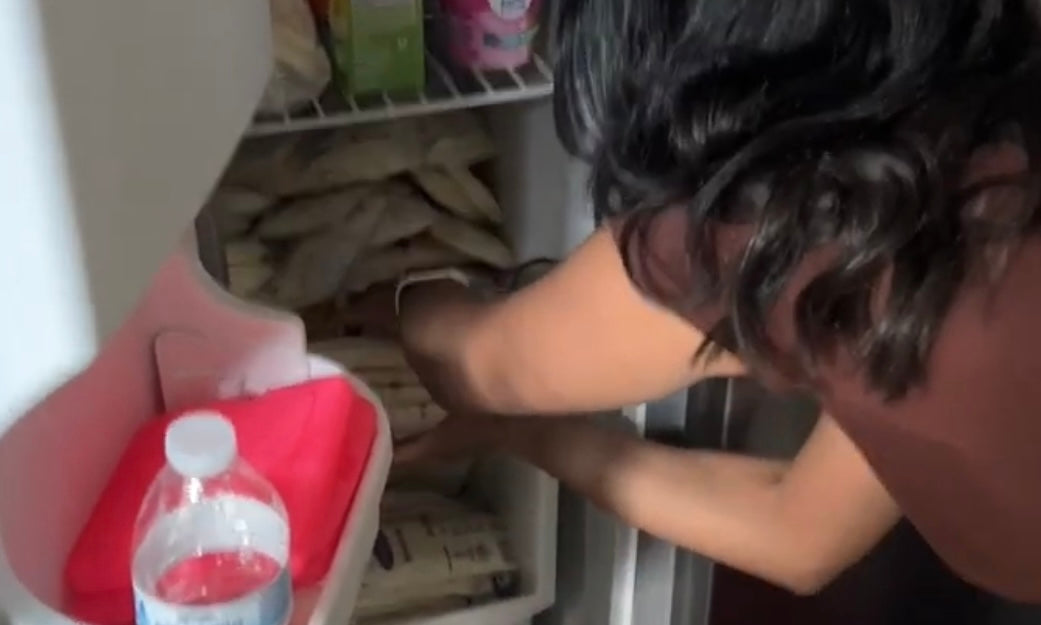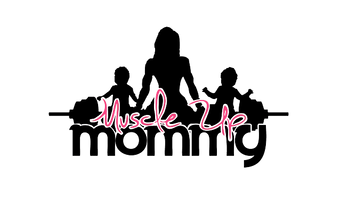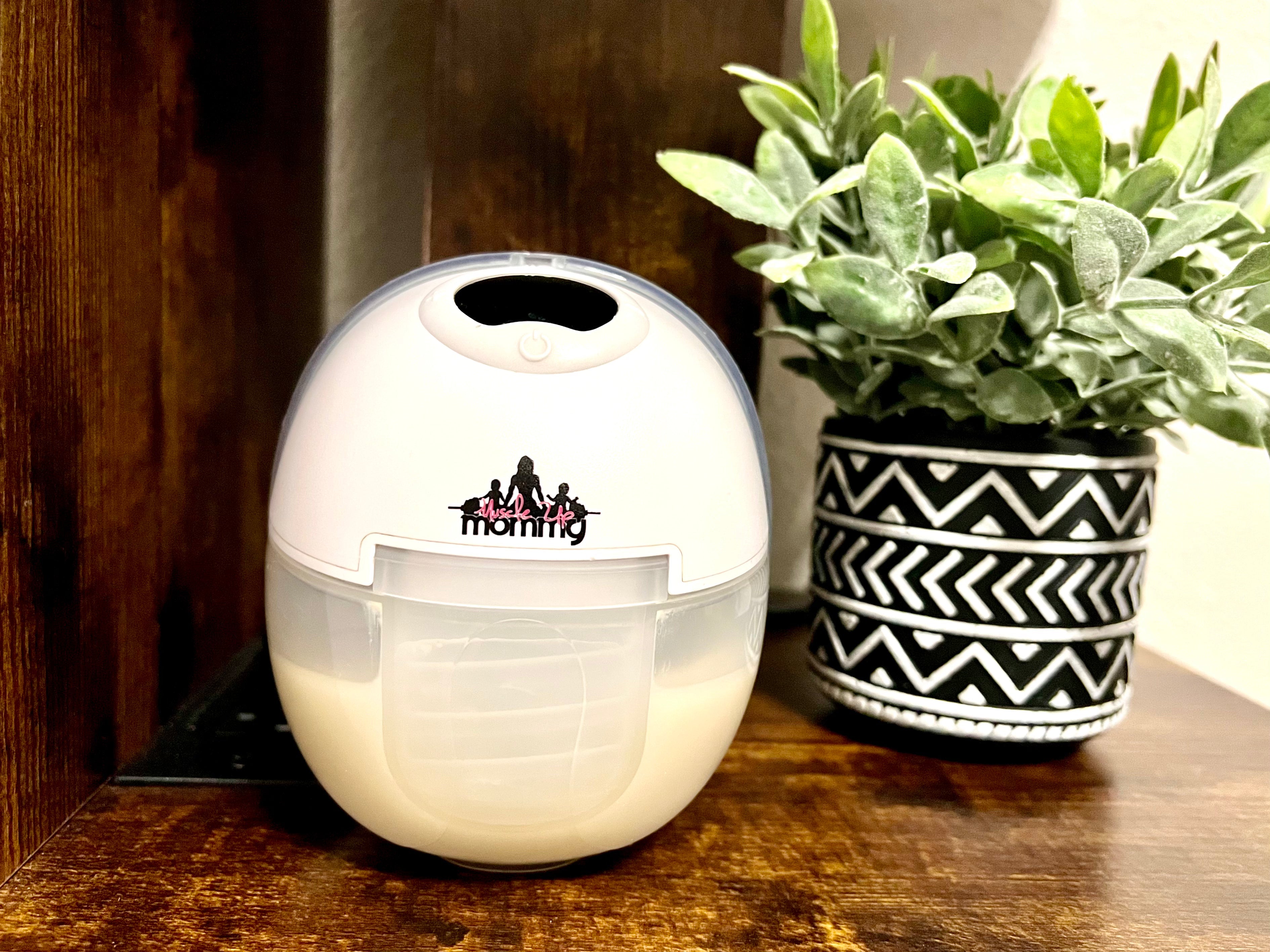How To Preserve Breastmilk In A Power Outage

Losing power at home is an absolute nightmare as a breastfeeding mama. Here are some things you should know if this ever happens to you.
Table of content
How To Protect Your Breastmilk Supply During A Power Outage
Once you establish your breastmilk supply, continual removal of milk from your body is crucial to maintaining your output volumes. Think of supply and demand. The more you pump or latch baby at the breast, the more you establish a need for breastmilk and your body will continue to make more.
During a power outage, it could become incredibly difficult to protect your milk supply, unless you're properly prepared. If you're latching baby directly to the breast, you won't be impacted much, but for those pumping, your regimen could be affected significantly.
In the event of a power outage, you should continue pumping on-demand to protect your supply. Having access to the proper equipment to do so, is necessary.
Things You Need During Power Outage While Breastfeeding
Some important supplies you'll want to consider having in the event of a power outage or state of emergency while breastfeeding are traditional emergency supplies such as:
- Flash Lights
- Access to Water (tap or bottled)
- Batteries
- Back-up generators
- Foods that don't require refrigeration or freezer.
And for pumping moms:
- Muscle Up Mommy J35 Wearable Breast Pumps
- Breastmilk storage bags
- Ice or gel packs
- Access to USB charging port with ability to charge motors (i.e. car, laptop, etc.)
When you are restricted from using electrical outlets during a power outage, having pump motors that can function without being plugged into the wall is critical.
Muscle Up Mommy J35 Wearable Pumps are designed for convenience.
- The motor battery lasts 8-9 pump sessions on a single charge.
- Motors fully charge in 90 minutes by USB.
- There's no bottles or bulky parts to carry or interchange.
- The design is compact and fits seamlessly in your bra for a hands-free pumping experience.
If you miss a pumping session, hand massaging or using Muscle Up Mommy's 2-in-1 Lactation massagers can help improve your milk flow.
Other solutions :
- Relieves pain from engorgement
- Reduces clogged milk ducts
- Empty your breast more effectively
- Maximize your milk output.
What Happens If Your Fridge Or Freezer Loses Power?
The dreaded power outage happened to me, only this time we experienced a tornado and were left without power, internet, and cell signal. Immediately when the power went out, I screamed in fear of my breastmilk spoiling. After 48 hours, the fridge and freezer were still without power.
I was heavily anticipating returning home to hundreds of bags that needed to be discarded, but here’s what you should know before completely tossing your breastmilk.
- refrigerated breastmilk is generally good to consume up to 4 hours once it has reached room temp (up to 77°F)
- Frozen breastmilk can be “refrozen” as long as their are ice crystals present AND it has not exceeded 40°F.
- breastmilk that has completely thawed must be consumed within 24 hours and cannot be refrozen if the temp exceeds 40°F.
- If you’re unsure of the temperature or WHEN the breastmilk has thawed, it’s best to air on the side of caution to avoid bacteria, upset stomach or gas, etc.
It's not uncommon to feel reluctant to dump out milk that you've worked so hard to pump, but avoid consuming.
Alternative uses for expired breastmilk are:
If you don’t want to dump, there’s many alternatives like:
- breastmilk bath
- using to heal sores, dry and cracking skin
-
skincare remedies
A big thing to consider is HOW you store your breastmilk.
Breastmilk Storage Guidelines & Tips
When experiencing a power outage, it's important to continue to follow the CDC recommended guidelines to ensure your breastmilk remains fresh and safe to consume.
| Recommended Timeframe | |
| Room Temp | up to 4 Hours |
| Refrigerated | up to 4 Days |
| Freezer | up to 6-12 months |
Freshly expressed milk can stay at room temperature for up to 4 hours and then it must be placed into a refrigerator or temperatures of 39°F (4°C) or colder.
If you decide to freeze breastmilk, your milk can be placed in a traditional freezer for 6 months or deep freezer for 12 months. It's recommended to put your breastmilk bags at the very bottom and as far back into the freezer as possible, as this is where it is the coldest.
In the event you have to transport frozen breastmilk, place each frozen bag stacked one on top of the other, in a small sized cooler with ice packs and ice to keep the temperature to 0 degrees Fahrenheit (-18 degrees Celsius) or below.
If for whatever reason your breastmilk starts to thaw during transit, the CDC states that as long as your milk has not completely thawed and still contains ice crystals, your breastmilk bags can be "refrozen". Any breastmilk that has completely thawed but still feels cold, must be consumed within 24 hours or within 1-2 hours once it has reached room temperature.
Tips for storing breastmilk
The temperature in your freezer and how you store your breastmilk is extremely important.
From personal experience, the breastmilk bags that were at the bottom of the freezer stayed rock solid, whereas the bags that were toward the top of the freezer and stored on the door began to melt and/or completely thawed.
If possible, avoid storing your breastmilk on the door of your freezer as swinging the doors open often could result in warm temperatures impacting your frozen bags.
How To Pump During Power outage?
In the event you experience a power outage, you'll want to be prepared. If this article has helped you, Please share it with family and friends.







Leave a comment